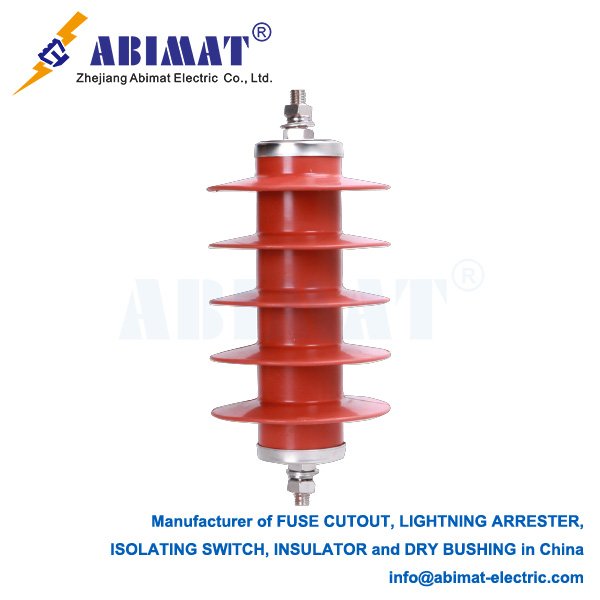Gapless Metal Oxide Surge Arrester (MOA): A Technical Overview
A Gapless Metal Oxide Surge Arrester (MOA) is an important protective device for electrical power systems. You’ll find it in many places—distribution networks, ultra-high-voltage (UHV) transmission lines, and even high-voltage direct current (HVDC) converter stations. Its main job is to protect equipment that’s sensitive to insulation damage, like transformers and switchgear. It does this by limiting temporary overvoltages—those caused by lightning strikes or switching operations.
The MOA’s core is a set of zinc oxide (ZnO) resistor discs. People also call these metal oxide varistors (MOVs). These discs have a very non-linear voltage-current trait. When the power system runs at normal voltage, the discs have extremely high resistance—only letting a tiny leakage current flow (usually just microamperes). But if an overvoltage surge hits, their resistance drops a lot in just nanoseconds. This gives a low-resistance path to the ground, steering the surge current away from the equipment we need to protect. The surge’s energy gets absorbed by the ZnO blocks, then spread out as heat. Once the surge is gone, the arrester immediately goes back to its high-resistance state. That lets the power system return to normal.

Gapless MOAs have some key technical pluses. First, their protective traits are great. They respond quickly, and they stop current smoothly—this means they limit overvoltages really well, holding the voltage close to a safe protective level. Second, they’re stable and reliable. They don’t have series gaps, so there’s no trouble with gap wear, contamination, or wrong sparkover timing. This keeps their performance steady, and it’s especially helpful in dirty environments where series gaps might get damaged. Third, they’re adaptable. They work for lots of different uses—from AC systems to the complex, tough environments of HVDC converter stations.
When it comes to designing, testing, and using these arresters for AC systems, they follow international standards. One common standard is IEC 60099-4, and there are matching national standards too—like China’s GB 11032-2010. For special uses, such as HVDC systems, specific standards (like IEC 60099-9) give the needed technical guidelines.
To sum up, the gapless metal oxide surge arrester is a key part of modern electrical system protection. Its strong, gap-free design uses the great traits of metal oxide resistors. This makes sure overvoltage threats are handled reliably and well, which in turn makes power infrastructure safer and more stable.


